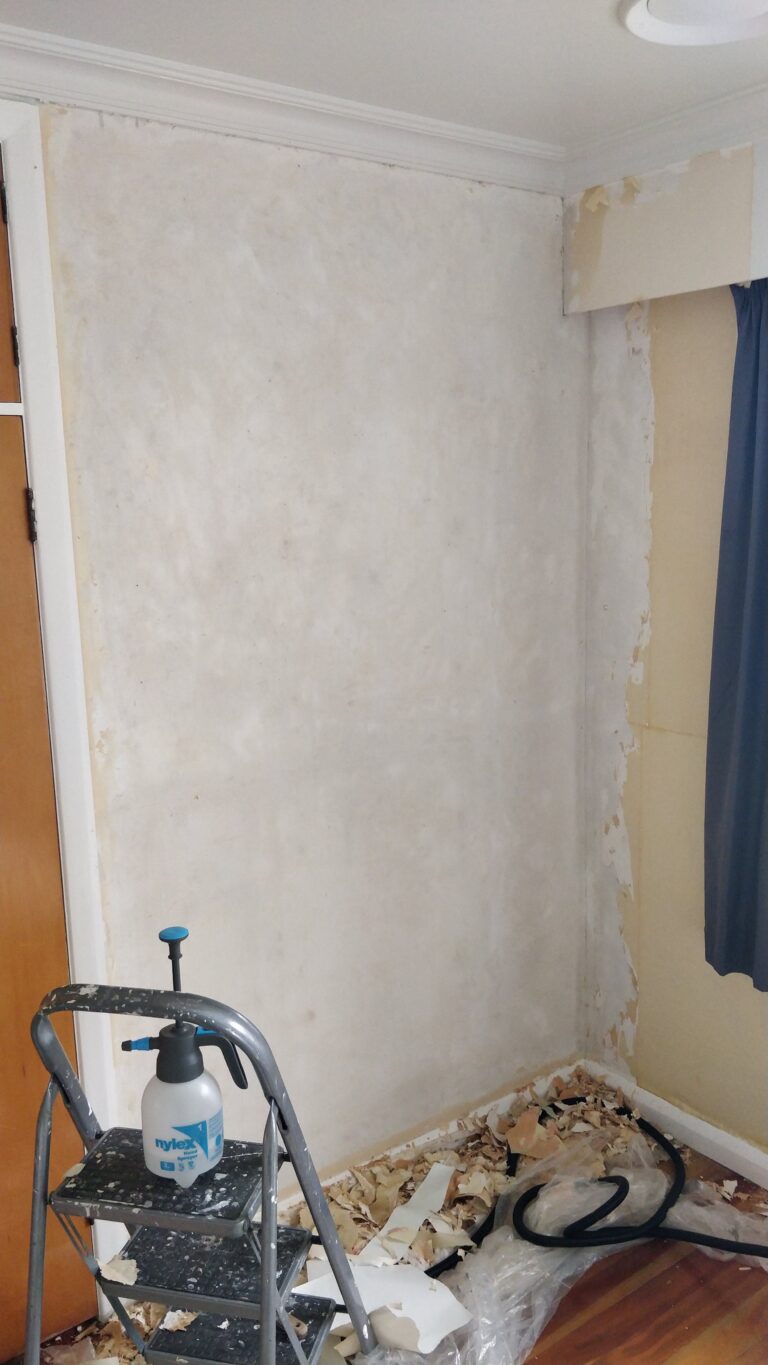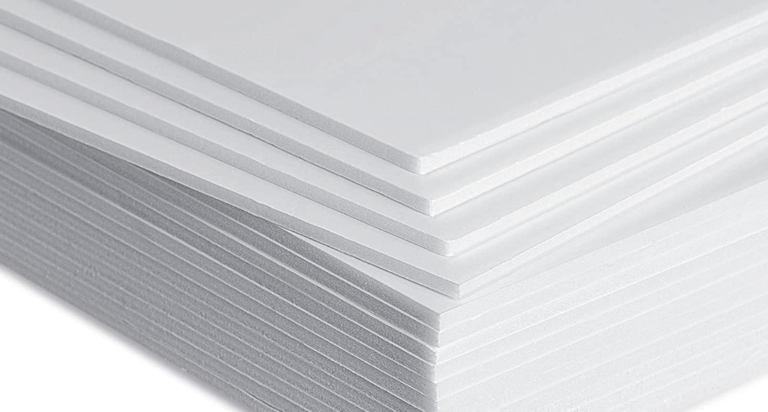Can Dehumidifier Vent into Sink: A Complete Guide
Yes, a dehumidifier can vent into a sink. It’s a practical solution for disposing of collected water.
Dehumidifiers help control humidity levels in homes. They collect moisture from the air, making spaces more comfortable. But where does all that water go? Many people wonder if venting a dehumidifier into a sink is possible. This method can be convenient, especially if you don’t want to empty the water tank regularly.
Setting up a drain hose to direct water into a sink can save time and effort. In this blog, we’ll explore how to vent your dehumidifier into a sink, the benefits, and any potential issues to consider. Let’s dive in!
How Dehumidifiers Work
Dehumidifiers are handy gadgets that help keep your home comfortable by removing excess moisture from the air. If you’ve ever walked into a damp room and felt like you were in a tropical rainforest, you know why having a dehumidifier can be essential. But how exactly do these devices work? Let’s dive into the details.
Moisture Extraction Process
Imagine your dehumidifier as a diligent worker. Its main job is to extract moisture from the air. Here’s how it goes about its task:
- First, the dehumidifier pulls in humid air through a vent.
- Next, the air passes over cold coils. These coils cause the moisture in the air to condense into water droplets.
- The water droplets collect in a reservoir, while the now-dry air gets warmed up slightly before being released back into the room.
Think of it like a sponge soaking up water and then squeezing it out into a bucket. The process is quite efficient and can make a big difference in your home’s humidity levels.
Role Of Venting
Now, you might wonder, “Where does all that water go?” This is where venting comes into play. Proper venting is crucial for dehumidifiers to work effectively. Here’s why:
- Preventing Overflow: Without proper venting, the water collected could overflow and cause a mess. Some models allow you to connect a hose to the reservoir, directing the water into a sink or drain. This way, you don’t have to empty the bucket manually.
- Continuous Operation: If your dehumidifier is vented into a sink, it can run continuously without interruption. This is particularly useful in very damp environments where the dehumidifier needs to work around the clock.
Setting up a dehumidifier to vent into a sink is usually straightforward. Just ensure that the hose is securely connected and that it leads to a proper drainage area. It’s like giving your dehumidifier a direct line to dispose of the collected water, making its job a whole lot easier!
In conclusion, understanding how dehumidifiers work and the importance of venting can help you maintain a more comfortable and healthier living environment. Happy dehumidifying!

Credit: www.reddit.com
Why Vent Into A Sink
Venting a dehumidifier into a sink can be a practical solution. It provides a simple way to remove excess moisture. This method keeps the area dry and prevents water damage.
Ventilation of a dehumidifier is crucial for its efficiency. Many people wonder if venting into a sink is a viable option. This method can provide several advantages over traditional venting methods. It offers a practical and convenient solution, especially in smaller spaces.Benefits Of Sink Venting
Venting a dehumidifier into a sink is simple and effective. It allows continuous drainage without the need for manual intervention. This method helps maintain a dry environment effortlessly. It also prevents the need for frequent emptying of the water tank. Sink venting ensures that excess moisture is efficiently removed from the air. This helps in maintaining a comfortable and healthy indoor atmosphere. It also reduces the risk of mold and mildew growth.Comparison With Other Methods
Traditional methods include using a bucket or a hose leading to an external drain. These methods require regular maintenance and monitoring. Venting into a sink eliminates these hassles. Using a bucket often means regular emptying to avoid overflow. This can be inconvenient and time-consuming. A hose to an external drain may need installation and can be less practical in many homes. Sink venting is straightforward and more accessible for most users. In summary, venting a dehumidifier into a sink is practical and user-friendly. It provides continuous drainage, reducing the need for constant maintenance. This method ensures a dry and healthy living space with minimal effort. “`Setting Up A Sink Vent
Setting up a sink vent for your dehumidifier can seem like a daunting task, but it’s much easier than you might think. With the right tools and a bit of patience, you can effectively vent your dehumidifier into your sink, ensuring your home remains dry and comfortable. In this section, we’ll walk you through the necessary steps to get your sink vent up and running. So, roll up your sleeves and let’s get started!
Required Tools And Materials
Before diving into the setup process, make sure you have all the necessary tools and materials at hand. Here’s a simple checklist to help you prepare:
- Dehumidifier: Ensure you have a model that supports sink venting.
- Hose: A standard hose that fits your dehumidifier outlet.
- Sink Adapter: To connect the hose securely to the sink drain.
- Pipe Cutter: For cutting the hose to the desired length.
- Screwdriver: To tighten any clamps or adapters.
- Teflon Tape: To ensure a watertight seal.
Step-by-step Instructions
Now that you have everything you need, follow these simple steps to set up your dehumidifier vent:
- Measure the Hose: Measure the distance from your dehumidifier to the sink. Cut the hose to the required length using the pipe cutter.
- Attach the Hose: Connect one end of the hose to the dehumidifier’s outlet. Secure it tightly using a clamp if necessary.
- Connect to the Sink: Attach the other end of the hose to the sink adapter. Make sure it fits snugly to avoid leaks.
- Seal the Connection: Use Teflon tape around the hose and adapter connection to ensure it’s watertight.
- Test the Setup: Turn on your dehumidifier and check for any leaks. Ensure the water flows smoothly into the sink drain.
And there you have it! With these straightforward steps, you can set up your sink vent with ease. Remember, the key is to ensure all connections are tight and leak-free. Happy venting!

Credit: www.reddit.com
Potential Issues
When you’re considering venting your dehumidifier into a sink, it’s crucial to be aware of potential issues that might arise. This can prevent you from running into unexpected problems down the line. Let’s dive into some common problems and troubleshooting tips to help you ensure a smooth and efficient setup.
Common Problems
Venting your dehumidifier into a sink seems like a straightforward solution, but it can come with its own set of challenges.
- Overflowing: If the sink cannot handle the volume of water being discharged, it may overflow, leading to water damage.
- Clogging: Debris from the dehumidifier can clog the sink, causing backups and potentially damaging your plumbing.
- Mold Growth: Constant moisture in the sink can promote mold and mildew growth, which can be harmful to your health.
- Noise: The sound of water continuously dripping into the sink can be annoying, especially if the dehumidifier runs frequently.
Troubleshooting Tips
Thankfully, most of these issues have simple solutions. Here are some tips to troubleshoot and resolve these common problems:
- Install a Larger Sink: If overflowing is a concern, consider installing a larger or deeper sink that can handle the water volume.
- Use a Strainer: Place a strainer in the sink to catch debris and prevent clogs. Clean it regularly to ensure it remains effective.
- Regular Cleaning: Clean the sink frequently to prevent mold and mildew buildup. A mixture of vinegar and baking soda can be very effective.
- Reduce Noise: To minimize noise, you can place a soft sponge or cloth where the water drips into the sink. This can help dampen the sound.
By being proactive and addressing these potential issues, you can enjoy the benefits of a dehumidifier without the headaches. Remember, a little maintenance goes a long way in ensuring your system works efficiently and lasts longer.
Have you faced any other issues with venting your dehumidifier into a sink? Share your experiences and tips in the comments below!
Maintenance Tips
Proper maintenance of your dehumidifier is crucial for its efficiency. Regular upkeep ensures it runs smoothly and lasts longer. Follow these maintenance tips to keep your dehumidifier in top shape.
Cleaning The Dehumidifier
Regular cleaning prevents mold and dust build-up. Start by unplugging the dehumidifier. Remove the water reservoir and clean it with mild soap and water. Dry it thoroughly before placing it back.
Clean the air filter at least once a month. Rinse it under running water. Let it dry completely before reinstalling it. This ensures optimal airflow and efficiency.
Wipe down the exterior with a damp cloth. Avoid using harsh chemicals that may damage the unit. Regular cleaning keeps your dehumidifier running efficiently.
Ensuring Proper Drainage
Proper drainage is vital for continuous operation. Check the drain hose regularly for clogs. A blocked hose can cause water overflow and damage.
If your dehumidifier vents into a sink, ensure the hose is securely connected. The end of the hose should be above the waterline to prevent backflow.
Inspect the hose for any kinks or bends. Straighten it out to maintain steady water flow. Regular drainage checks prevent water damage and ensure smooth operation.

Credit: www.reddit.com
Safety Considerations
When thinking about venting a dehumidifier into a sink, safety is crucial. Proper setup can prevent accidents and damage. This section outlines key safety considerations.
Avoiding Water Damage
Ensure the dehumidifier drains correctly into the sink. Check that the hose is secure. A loose hose can cause leaks and water damage. Regularly inspect the hose for wear and tear. Replace it if needed. Make sure the sink can handle the water output. A clogged sink may overflow. Clean the sink drain often to avoid blockages.
Electrical Safety Tips
Keep the dehumidifier away from water sources. Water and electricity don’t mix. Plug the dehumidifier into a grounded outlet. This reduces the risk of electric shocks. Avoid using extension cords. They can overheat and cause fires. Always unplug the dehumidifier before cleaning it. Ensure your hands are dry when handling plugs. Place the dehumidifier on a stable surface. It should not tip over.
Frequently Asked Questions
Can A Dehumidifier Drain Into A Sink?
Yes, a dehumidifier can drain into a sink. Ensure the hose is properly connected and positioned for effective drainage.
Where Should I Dump Dehumidifier Water?
Dump dehumidifier water in a sink, toilet, or garden. Ensure it’s free from contaminants before using on plants.
Where To Empty Dehumidifier Water?
Empty dehumidifier water into a sink, drain, or toilet. Avoid pouring it outdoors or in plants.
How Do You Vent A Dehumidifier?
Place the dehumidifier near a window or vent. Connect a hose to the drainage port for continuous drainage. Ensure proper airflow around the unit.
Conclusion
Venting your dehumidifier into a sink is a practical solution. It helps remove moisture efficiently. Remember to check for any clogs regularly. Ensure the hose is secure. This prevents leaks and damage. A well-maintained dehumidifier improves air quality. This setup saves time and effort.
It’s a straightforward way to keep your space dry. Follow these tips for optimal results. Enjoy a healthier, more comfortable home.

My name is Maria, A professional merge game player with years of experience mastering games like Merge Dragons, Merge Gardens, Merge Mansion, and more. My passion for uncovering the best strategies, solving tricky puzzles, and discovering hidden secrets led her to create MergeGameplay.com.




